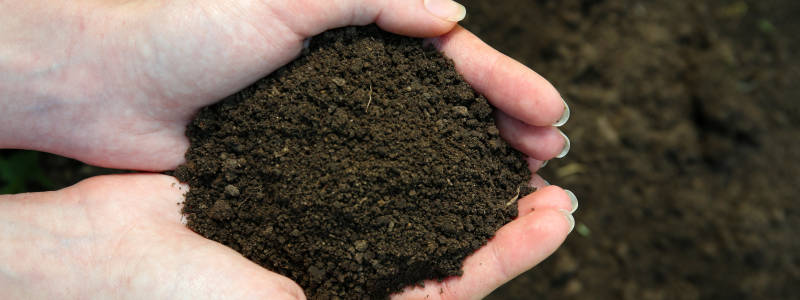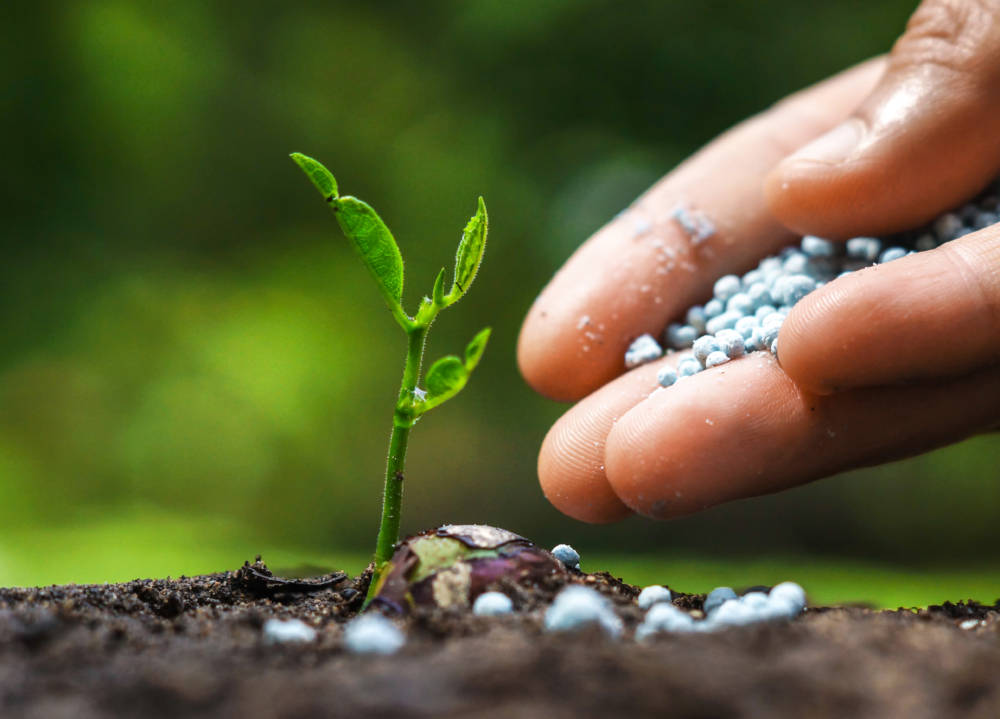
November 8, 2019 Gardening 101
The best way to ensure that your plants are getting the nutrition they need and are growing in soil that makes them happy, is to get your soil tested. Soil testing provides the critical information you need to know BEFORE planting a new garden or fertilizing an established one.
Having your soil tested also reduces over-fertilization. It’s a costly practice that adds pollutants to the streams and groundwater that feed our coastal and drinking waters.
Finally, gardening in the Aloha State presents unique challenges that those not living on an island in the middle of the Pacific Ocean don’t typically face. A soil test can give you insight into the makeup of your soil based on where on the island you live.
What Soil Testing Will Tell You About Your Soil?
A soil test provides a comprehensive analysis of the soil you intend to use in a new garden or that currently exists in an established garden. It tells you:
- the nutrients and trace minerals the soil contains and lacks
- the soil’s pH level (i.e. whether it is acidic, neutral, or alkaline)
- how much organic matter is in your soil
- your soil’s overall texture (i.e., clay, silt, or sand)
The soil test is designed to simulate how well roots are able to absorb the nutrients in your soil. That ability depends on the soil’s pH level, the amount of organic matter in the soil, and whether or not amendments need to be added to improve soil texture.
How Soil Testing Ensures Gardening Success

Having the results of a soil test in hand as you begin your vegetable garden or plant your flowers, shrubs, and trees tells you exactly what your soil needs in order to ensure healthy, vibrant plants.
A soil test will also guide you in determining when and in what amounts to apply specific fertilizers and amendments to your plants’ soil as they grow and mature.
Soil Nutrients
The soil test analysis presents information on your soil’s nutrient levels in three categories:
- Essential macronutrients – nitrogen (N), phosphorus (P), and potassium (K)
- Important secondary nutrients – magnesium, calcium, and sulfur
- Micronutrients – copper, zinc, manganese, boron, iron, chlorine, and molybdenum
This nutrient analysis will help you choose the correct fertilizers for the plants you are growing. By applying the results of a nutrient analysis to your gardening efforts, you take the guesswork out of determining what your plants need to grow and flourish.
Soil pH
Some plants, like azaleas, camellias, and pineapple prefer acidic soil; others (e.g. tomatoes, spinach, and garlic) prosper in a more alkaline environment. Your soil’s pH level has to be at the correct point on the pH scale (i.e. highly acidic soil (0) – neutral soil (7) – highly alkaline soil (14). The right soil pH makes it easy for your plants’ roots to absorb the nutrients they need from the soil.
Warm temperatures and heavy rainfall make Hawaii soils acidic, stripping them of essential nutrients like calcium, magnesium, and potassium. This is especially true of Mililani soils and the soils on the Windward side of the Oahu. On the hot and dry Ewa side, soils tend to be neutral to alkaline.
A soil test lets you know where on the pH scale your soil falls. You need to know your soil’s pH whether you plan to grow acid-loving plants or need to raise its alkalinity to a level that’s best for the plants you’re growing. Lime is typically used to lower acidity, increasing the soil’s pH.
Organic Matter in the Soil
Many soil tests will tell you how much organic matter is in your soil. If you are gardening organically, this is must-have information. It helps you choose the best organic fertilizers and soil amendments for the vegetables, fruits, flowers, and crops you intend to grow.
Along with an analysis of organic matter, some soil tests look at your soil’s microbial activity. Soil microbes are responsible for breaking down organic matter in order to release the nutrients it contains into the soil for root system uptake.
Soil Texture
The texture of soil is classified as either clay, silt, or sand. The best soil type for gardening is loam, a balanced mix of clay, silt, sand, and about 5% organic matter. Oahu soils tend to be either very sandy or heavily clay.
A soil test will help you determine the best amendments to add to your soil to create a soil texture that is well aerated and drains properly. Aerated and well-draining soil allows roots to expand and keeps them from becoming water-logged.
Knowing your soil’s overall texture lets you amend it with confidence to create the perfect growing medium for your plants.
How To Get Your Soil Tested

The two main ways to get your soil tested are to do it yourself (DIY) or have a testing facility do it for you.
DIY soil test kits provide the information and tools you need to test your own soil. These tests typically focus on the levels of macronutrients (N, P, and K) in your soil and the soil’s acidity. Ko’olau Farmers’ Kaneohe store has several DIY soil test kits available for purchase. Call or visit the store to get help in choosing the best soil test kit for your needs.
If you want a soil test that gives accurate recommendations for Hawaii soils, the best place to go is to your local Cooperative Extension Service (CES) office. They will tell you what tests to order based on where you live.
You’ll also be shown how to collect and submit a soil sample for testing at the University of Hawaii Agricultural Diagnostic Service Center (ADSC). Your local cooperative extension agent can help you understand the test results.
For Gardening Success, Get a Soil Test
Successful gardening depends, among other things, on a detailed knowledge of your soil. Planting without this information is like gardening blindfolded.
Soil testing removes the blindfold so you can make informed decisions about how to create and sustain the best growing environment for your plants.
